The clothing in the Heian Age (794-1185) was nothing but magnificent. Only for the aristocrats, however. In the higher upper echelons of Heian society, how you dressed was almost as as important as who you were. (Although if you were the Emperor or the Empress, you can get away with a few little mistakes, but not often.)
So what was this clothing? It was layered, and each layer had a name. Let me give you a brief introduction. Some women in earlier Heian times, wore as many as 20 different layers. However a law was passed later that there could be only five. I doubt if many of the women went along with the law. Would you? Perhaps now you understand why women didn’t walk around a lot. Artistocratic Heian women mostly sat around on the floor or rode around in carriages hanging their sumptuous sleeves out for people to view.
Here are the five “official” layers:
KOSODE: underkimono a short (to ankle or low-calf) silk robe with small sleeves, usually red or white for women
HAKAMA or HARIBAKAMA: loose, full-pleated split skirt (also worn by men) aka pants or trousers (extra long trousers for formal wear) are worn underneath. (Notice the white kosode showing above.)
HITOE: Unlined first layer of a set of gowns, the first piece of “outerwear” the hem of which was longer than the rest of the robes by about 4 inches
UCHIGI: The 5 layers of lined UCHIGI robes
UCHIGINU: Is worn between utsutsuginu and uwagi. Made of beaten down silk, stiff silk garment that hardly showed but provided stiffening for the formal gowns. [no picture for this]
UWAGI: Formal over-robe, shorter and narrower than the Uchiginu. Its fabric, prescribed by rank, contained woven patterns. The higher the position of the lady, the longer the trail.
KARAGINU: Short chinese jacket. Worn with the mo, brocaded or embroidered or painted.
MO: Apron skirt that was worn on the back as a “train”
- formal jacket and train
That looks like a lot more than five layers! Naturally, the undergarments don’t count. I’m sure that the KARAGINU (jacket) and the MO (apron skirt) weren’t considered in part of the count either.
To see how it was all put together, here is a video of a women being dressed by her assistant, then called lady-in-waiting:

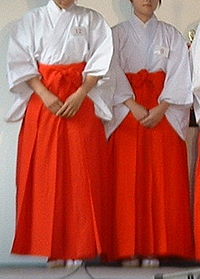
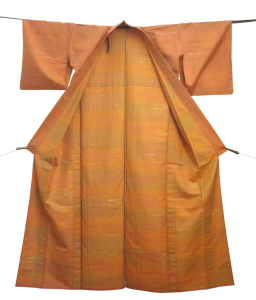

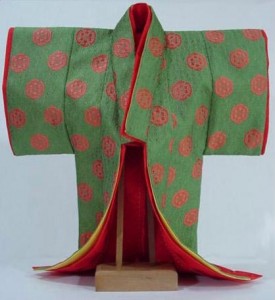
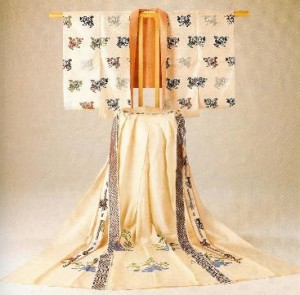
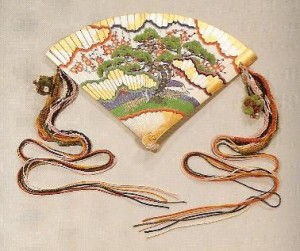
Response to Golden Age (Heian) of Clothing
Is it trust site or not? you can look here http://www.technousa.org/?best_buy_canon_24_105mm – best buy canon 24 105mm Docman RMS is a workflow management system which effectively manages inbound patient referrals regardless of how they are received